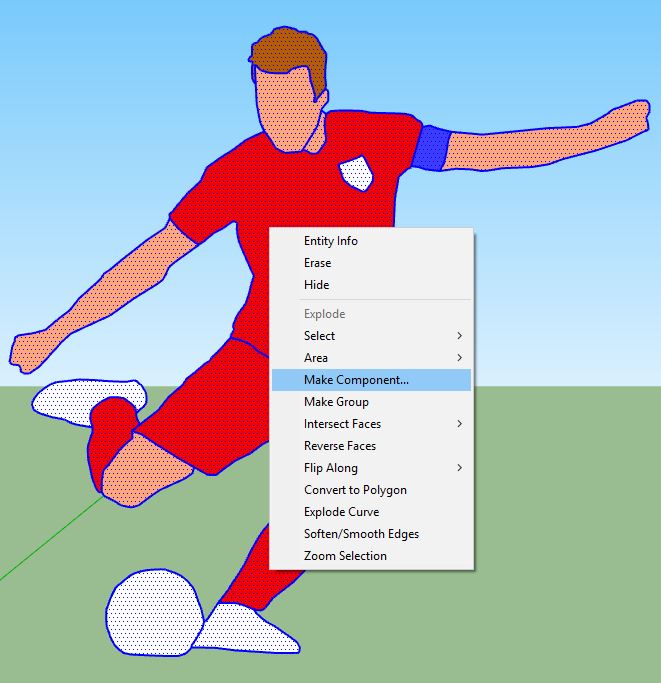
Accounting Standards and Regulations (022420 ). Fundamentals of Interaction Design (31260). Contemporary Issues In Accounting Theory (ACC03032 ). Engineering Research Preparation (41029). Indigenous Cultures and Health Behaviours (INDH1006). Advanced Financial Accounting (BAO3309). Global Hospitality Operations (HOSP7051). Fundamentals of Business Finance (025300 ). History and Philosophy of Psychology (PSY30013). Social Science Research Method (3012CCJ). Accounting Fundamentals In Society (ACCY111). Financial Accounting Applications (200111). Auditing and Assurance Services (200535). For instance, to move a letter a bit to the left on the surface of the sign. You have to pay extra careful attention to the inference engine when the items are at odd angles. These aspects can also make them harder to work with because SketchUp helps you move things along the main model axes. Maybe it’s because of other geometry that you hid or deleted while making this model for upload, but your signs are floating in space at a seemingly arbitrary angle from the model axes and away from the origin. This will make it easier to work with them. You shoud align the axes of your sign components with the board (right-click, Change Axes). This lets other geometry interfere by “sticking” to it. You haven’t made a component of the board itself. This redundancy causes needless confusion when trying to edit the model. In Component Slurp sign#11, you have two versions of the same Group (though independent, not copies of a single Group), one flush with the surface of the board and one inset into it. Aside from the issue of primitive geometry on such a layer, it would have been easier to make them invisible by unchecking visibility for the associated layer. You have first associated a bunch of edges to layer grd flr and then hidden them individually. You should only make a layer other than layer0 Active under very limited situations such as when adding dimensions. When you hide the layer of a container, its contents are hidden regardless of what layer they are associated with, so nothing is gained by associating contents with the same layer. Though not as serious as putting primitives there, in your model it isn’t necessary as all the nested Groups are associated with the same layer as their container. You also have nested Groups and Components associated with other than layer0. You should always draw all primitives on layer0 and only associate Groups or Components with other layers to control visibility. You have all your primitive geometry (edges, faces) associated with other than layer0. You are not using layers correctly for SketchUp. This would likely be slower than what Gully proposed, but I describe it because it is closer to how you originally imagined working.įor the sake of education, here’s a discussion of issues I found in your model: 
Now the solid tools subtract should work, as everything is a solid - though you have to do it one letter at a time. Finally, you could position the components on the board. Then you could make a solid Component of the board. SketchUp should recognize these as solids.

Gully’s idea of exploding back to ground zero and working forward from there would be faster and easier than trying to fix the model as-is.Īs an variation to his approach, after exploding you could create a component of each separate letter. I wish I could give you as nice and tight an answer as for the first, but along the way you have made somewhat of a mess of the model and there are many things that need to be corrected first. Your second objective is to inset the lettering into the face of the board. They will then disappear, per his picture. Your first stated objective is trimming away the areas outside your line, and I believe John provided the answer: open Slurp sign#11 for edit and use the pushpull tool to push the faces outside your freehand line to the back of the board. SketchUp doesn’t accept a Group or Component as a solid when it has multiple, disjoint nested items, even if taken one at a time they would be solids. In every other case, you have groups or components that nest multiple other ones and usually also loose primitive geometry (edges, faces).

In your model, the only thing that is a solid is the letter “O#3”. Gully gave you a nutshell definition of “solid” in SketchUp.
#Sketchup make components solid plus#
Unless I misunderstand, there are really two objectives you are trying to accomplish in your model, plus confusion about what constitutes a solid in SketchUp.







 0 kommentar(er)
0 kommentar(er)
